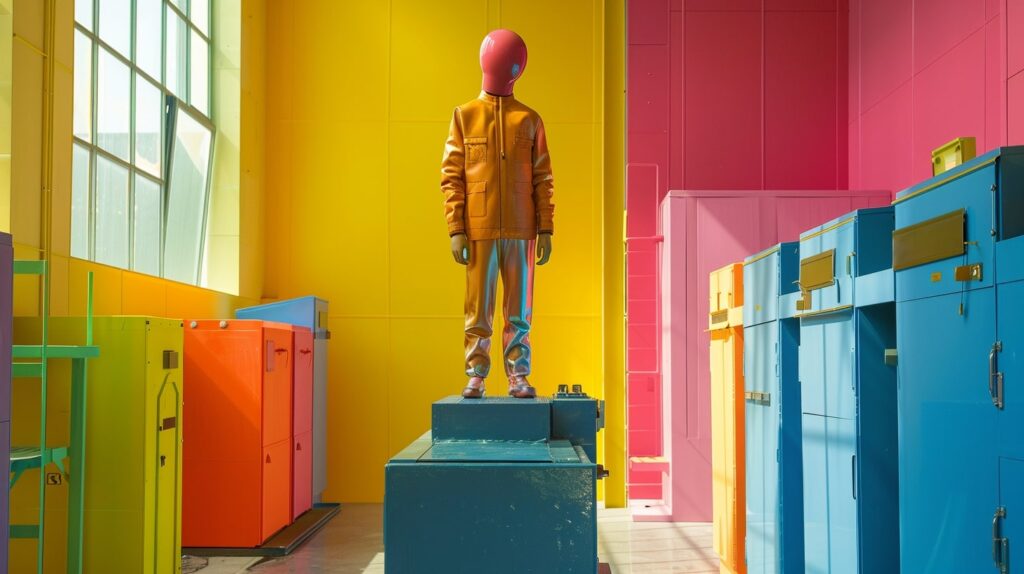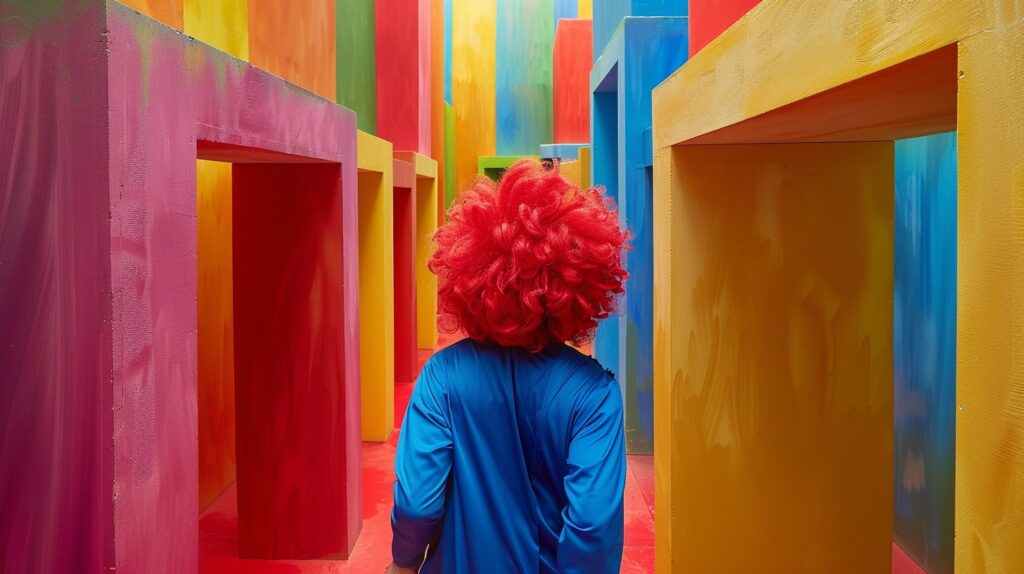The most important lesson I can share about brand marketing is this: you definitely, certainly, and sure don’t have enough time and money to build a brand for everyone. You can’t. Don’t try. Be specific. Be very specific.
Seth Godin
In my opinion, this is the most challenging aspect of building a business. Figuring out the ONE PERSON that you’re going to talk to. Do you make them general? Do you make them ultra-specific? How specific is too specific?
There are dozens of different exercises that you can do to help you find the Hero that you’re trying to connect with. You can even do a ton of customer research.
Sometimes these things are necessary and other times they aren’t. What do I mean by that?
It’s possible to create your own customer.
I bet nobody has ever told you that before, but it’s true.
I believe in the concept of building your customer which is different than finding your customer. Building your customer means you build a world for them and the ones that like that world will enter it. Those who don’t, don’t.
The reason why I prefer this approach is that it’s too easy for me to get caught in the loop of always adding more to my customer.
“Oh, I need to address this pain point to expand my audience. Okay, just one more. Whoops, can’t forget this one.”
This is about building something you are happy with and that can be pretty difficult to do if you don’t build the people you want to work with.
Building your customer also means you build out everything else at the same time. You might not work on it, but when you’re done building your customer, that means you’ve already created your social media strategy, funnels, and offers.
They might not exist yet, but they are now set. Let’s go through an exercise using this course as an example.
Who am I talking to? Let’s start broad.

A Quick Exercise
I’m talking to Creators. Why not entrepreneurs or solopreneurs?
Because (and I could be imagining this myself) a Creator is someone who wants to make money but they want to make money so that they can continue to create. They are an artist and the point of living is to create more art.
Someone who sees themselves as an Entrepreneur is someone who looks for opportunity. They see an underserved niche and they enter it because they can make money. There is absolutely nothing wrong with that person, but as you’ll see, the messaging wouldn’t resonate with them as much as it would the Creator.
And this is important. How you want to talk means something.
I don’t want to sound like a suit-and-tie Executive. I want to talk just like I would if we met at a bar, but you still understand that I’m here to help. I want to wax poetic on why creating art is important for you and the world. When talking about that it will either resonate with you or it won’t.
But if someone is solely in entrepreneurial mode they’ll wonder what I’m talking about. A great example is the people that talk about boring businesses. Those that buy laundromats and storage facilities. Obviously, those are great opportunities to make money but that’s not art.
Nobody buys a laundromat and feels they made an impact on the world in their own way. And again, that is fine. But there are people that think that if they are going to do something, it might as well be something they love and is fulfilling.
That’s what art is.
So I need to talk to that person. But I need to dive deeper because just saying that I’m going to talk to Creators isn’t enough.

Where Are They at On Their Journey?
On the Customer Journey (which you’ll learn about) there are 3-5 levels depending on how sophisticated you want to go. If you start by addressing the extremes, the middle tends to take care of itself.
In this case, I start with someone that is in the final phase of the customer journey: they are ready to buy because they need the solution.
Who is that for this course? It’s someone that has tried other funnels and doesn’t like the idea of pushing their audience hard to buy. It doesn’t make them feel good or comfortable.
They’d rather their business be about relationships over conversions. But they still want money so they do believe there is a nice middle ground where they can make good money and feel good about it.
Creators who want to find as much joy in selling their art as they do in creating it.
From there I can work backward through each Customer Journey phase and plan the type of content that will get that person to notice me. And now I’ve built my customer without having to do wild exercises that end up confusing me.
Why is it important to move fast like this? Because the faster you can get content out, the faster you can get data back.
Even if you go through the perfect exercise to create your customer avatar, there are things you’ll miss until you start talking to people and it’s hard to talk to people if you aren’t getting content out there.

The Funnel
But this course isn’t about creating content. It’s about creating funnels that work for your audience. A system that looks like a new world to your audience.
And you’ll soon see that content creation IS the funnel.
Creating a funnel is creating content and we will make sure we do it for the specific audience that you’ve selected. When you talk to your audience they won’t see the funnel because it won’t feel like one. What they’ll see is someone willing to help them.
They understand you need to make money just like we understand the deli requires you to pay for the sandwich. Money isn’t the hurdle.
It’s wondering if you’re really there to help them. Your funnels are maps for your audience to help them level up.
The better you understand the person you’re trying to help, the better you get at helping them. The better you get at helping them, the more money you will make.
Every interaction that we have with someone is part of a funnel. Some funnels FEEL like funnels while others feel like an interaction with a friend. You get to decide how you want your funnel to feel while building your audience.
Your Worldview
I’ll mention Worldview a lot throughout this course because it’s very important. How you see your niche/industry/topic/interest/curiosity is how your audience should see it as well.
You should be aligned or there is no point talking to them. And more importantly, it’s not your job to convince people that your worldview is the “right” one.
If you find yourself always having to explain why you view things the way you do then you’re talking to the wrong people.
Don’t go chasing waterfalls.
Exercise
Defining your audience is rarely a one-and-done thing. The idea of your audience can evolve with you. It’s no coincidence that a lot of Creators that get started begin talking about one thing and then suddenly switch to becoming Instagram gurus.
Who is the person that you’re helping and why do they need your help?
Next Lesson: The Offer >>>>>
